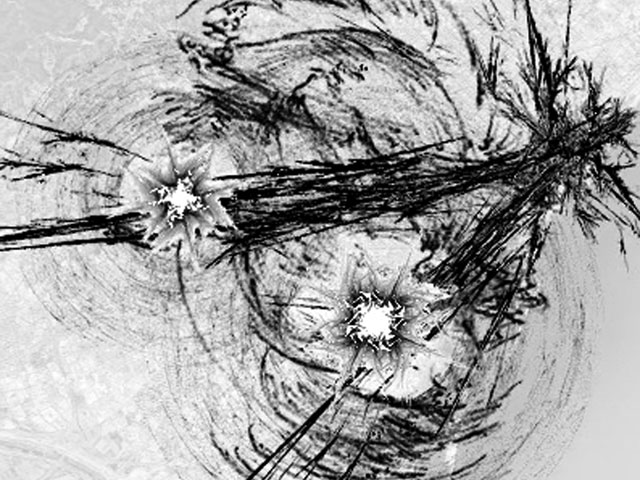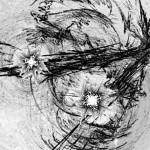Elizabeth Saunier
ARCH-4980.3 | Carla Leitao, Adjunct Professor
SOCIAL DRIFT
A Mobile Networking System
ELIZABETH SAUNIER
In the Information Age, technological advances in communications transform commuting into telecommuting as the automobile evolves into an instrument through which people communicate while commuting. The inhabitable vehicle becomes an expansion of the human body, mind and soul: an embodiment of the social profile. As a tool to invert the paradigm of (tele)commutation time, the vehicle synthesizes controlled encounters of infinite information, capturing network contexts within temporary space. A new social climate will emerge which integrates the digital cloud of information into a physical cloud of transportation elements to form a ubiquitous Cloud of identities in flux with unique climactic associations.
In the subsequent Age of Connectivity, as the productivity of social and commercial networking accelerates, people exist in constant engagement with the digital cloud. Patterns of connection determined by common purposes drive the active assembly of social gatherings in transit. Community aggregates cluster according to conditions of locality, much like snowflakes. Groups of snowflakes moving together in the same circuit form clouds, gradually absorbing more vehicles as they drift along and simultaneously disintegrating as communities dissolve.
Social Drift occurs within and between inhabitable vehicles. An hour spent drifting is the opposite of rush hour; when people no longer need to hurry to their destinations, it will be preferable to meet en route and engage social activities while commuting. As this condition becomes more prominent over time, elevated superhighways will rise above the city to preserve the existing culture at street level and accommodate increasing demand for flexible free association of mobile communities.
Using the Rio de Janerio Olympics as an opportunity serves as the beginning of a paradigm shift within the realm of stadia of not only being a sports venue but also including the needs and concerns of the local communities. This thesis is to rethink the stadium to be built and assembled as parts with the intention of being separate and mobile as it travels to different parts of the city to stimulate socio-economic growth.

